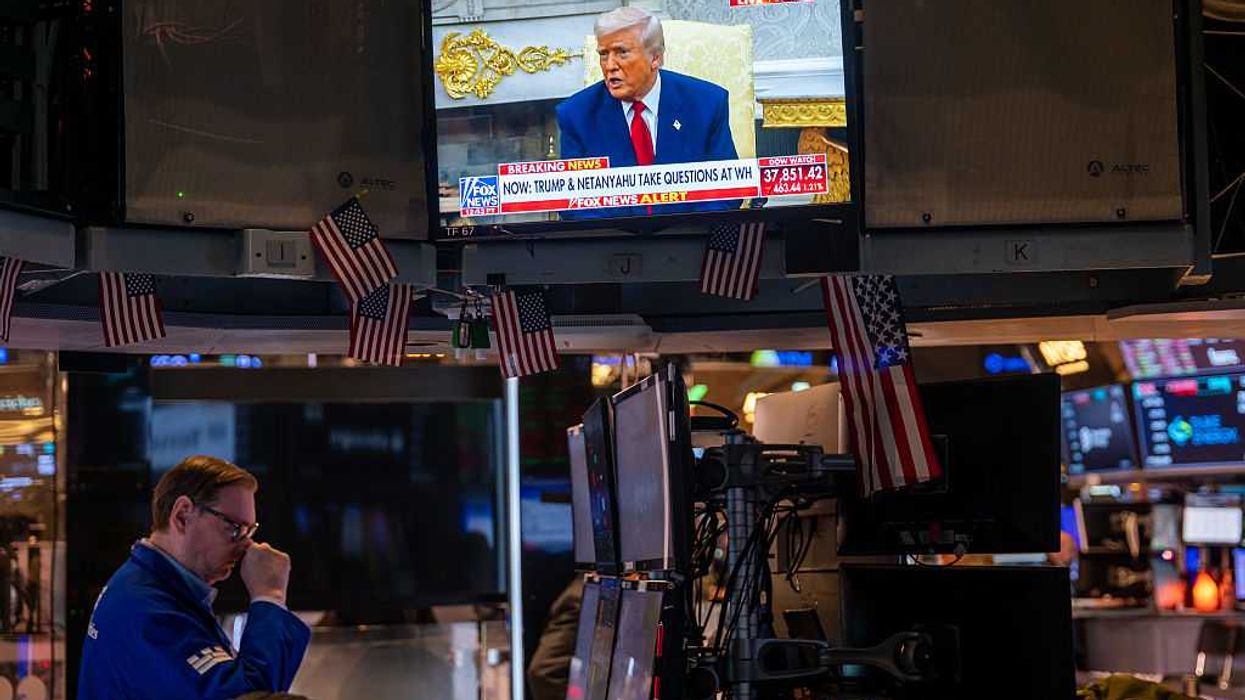Freed is president and co-founder of the Center for Political Accountability.
Too much media coverage and other political analyses focus on contributions by corporate political action committees but overlook the serious consequences of political contributions made directly from corporate treasury funds.
In talks with corporate executives, the default too often is almost exclusively on company political engagement through its PAC. This ignores what one political scientist has likened to an iceberg of spending, where disclosure is not required (and hence is “dark money”) or is partial (only by the recipient, not the donor) and totals are much greater than the amounts allowed for PAC spending.
This spending matters greatly. Donations from treasury funds have been crucial for reshaping state legislatures and influencing national politics and policy over the past 14 years. In the 2010 election cycle, so-called 527’s became a strategic part of the political funding process through targeted spending. Those organizations are nonprofits formed under Section 527 of the Internal Revenue Code, which grants tax-exempt status to political committees at the national, state and local levels.
They have played a major role in underwriting changes in control of state legislatures and redistricting of political maps that followed. They have been crucial for the election of attorneys general engaging in lawsuits that impact women’s reproductive rights, voting rights, election administration and the regulatory powers of the U.S. government. They have played a major role in gubernatorial races by serving as conduits for money to evade contribution limits. These groups are the governors associations, state legislative campaign committees and attorneys general associations.
Companies are exposed to serious risks from political spending with treasury funds. It directly links their brands with controversial candidates and issues important to consumers, workers and shareholders. Accordingly, the Center for Political Accountability, unlike other research and advocacy groups, closely tracks corporate political spending from treasury funds, and its associated risk and consequences.
Let’s review the differences between corporate treasury spending and PAC spending.
Corporate treasury spending
- It draws directly from corporate profits. When a company gives to third-party groups, it loses control over its money and can be tarred with the consequences.
- It funds dark money groups, which are not required to disclose their donors.
- With no contribution limits, donations can run into six- and seven-figure sums, vastly above PAC giving. This is a dominant political spending source.
- These contributions have a major impact on state political races. They comprise almost a third of donations to 527 groups, which spend heavily in legislative, executive and judicial races. In a “massive change,” states are increasingly where policy gets made.
Corporate PAC spending
- PAC donations largely come from contributions from employees, not directly from a company’s profits.
- Donations to PACs, and donations they make, must be disclosed publicly.
- Donations to PACs, and donations they make, are strictly limited.
- Corporate PAC donations focus overwhelmingly on federal races, and attention to them diverts it from state politics and its immediate impact on voters, democracy and society more broadly.
The bottom line
More than ever, consumers, employees, shareholders and other stakeholders are keenly interested in supporting companies whose values align with their own. The political causes and candidates that a company supports are a key metric for assessing those values. Corporate PAC spending only partially illuminates the totality of a company’s political influence. To fully assess a company’s impact on the political landscape, contributions made from treasury funds must be closely examined.
The Center for Political Accountability focuses on company adoption of disclosure and accountability policies for company spending with treasury funds because of the much greater impact of this spending and the heightened risk that accompanies it. Our effort over the past two decades, using corporate governance and risk management, has made political disclosure and accountability the norm through “private ordering.” That’s when a critical mass of companies adopting a policy turns it from a practice to a standard.


















